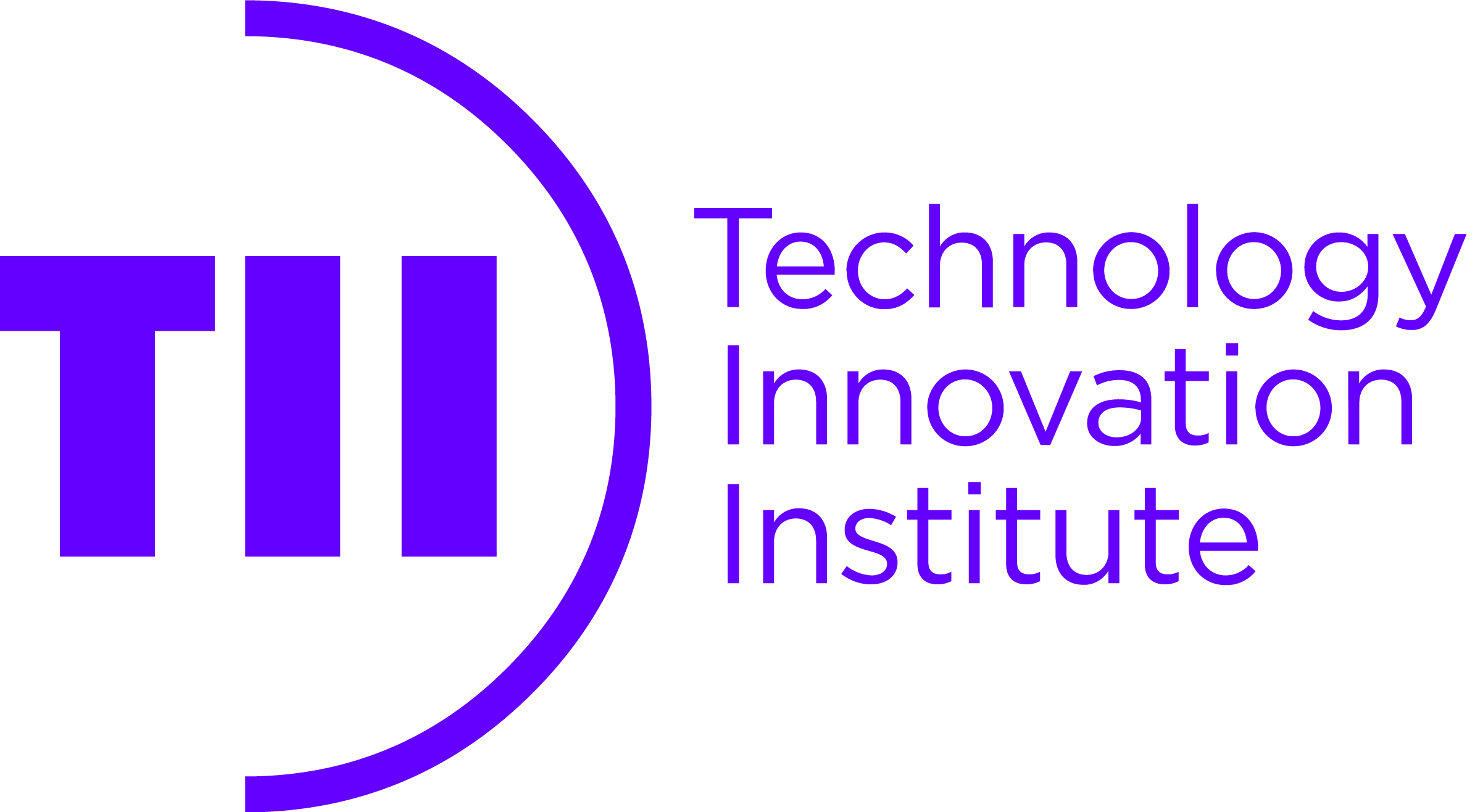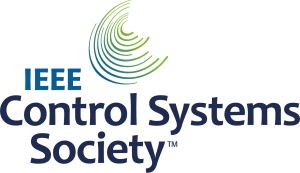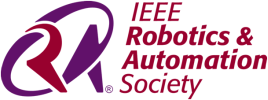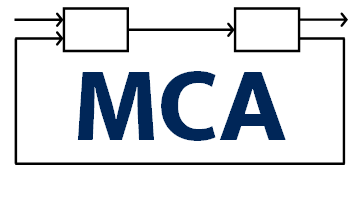T1: Integrated Prognostics and Health Management Technologies for UAS Autonomy, Resilience and Safety
Date and time: June 21, 2022, 14:00-18:00 h (half day) *** cancelled ***
Organizers and Presenters
George J. Vachtsevanos
School of Electrical and Computer Engineering
Georgia Institute of Technology, Atlanta, GA, USA
Kimon P. Valavanis
D. F. Ritchie School of Engineering and Computer Science
University of Denver, Denver, CO, USA
Tutorial Summary
This Tutorial presents a comprehensive discussion of methods, approaches, techniques, coupled with tools and support technologies for improved unmanned aircraft systems operational integrity, autonomy, resiliency, and safety under severe/extreme external and internal disturbances.
We currently witness an enormous proliferation of UAVs and their application to a variety of domains. Yet, significant challenges must be addressed and overcome if the aim is for the public, industry and government to accept and utilize such assets – concerns regarding autonomous functionality, resiliency, safety and security of flight are just sample challenges. UAVs place significant demands to human operators who are required to make informed decisions in (almost) hard real-time; UAS require significant computational resources for data and information processing. Moreover, autonomous functionality demands delegation of authority from the human operation to the machine, and this requires ability to evaluate and measure such autonomy.
To overcome existing challenges requires developing new and innovative methods and tools for integrated system health management, resilient design and operation of UAVs and swarms of UAVs (and unmanned assets in general), adaptive vehicle control, self-organization and reconfiguration, safety assurance and risk assessment and management, enabling complex systems to operate across a range of functional capabilities. The underlying technology basis to develop and implement resilient and safe designs is adoption and utilization of fundamental concepts from the field of cognitive engineering, specifically reasoning, learning, adaptation, self-organization, and reconfiguration. These attributes contribute significantly to the algorithmic developments of integrated health management of UAVs. Learning enabled tools and methods are essential to the establishment of a dynamic and continuously improving framework for autonomous functionality, reducing the operator workload, optimizing knowledge bases, and expediting processing of large databases. Prognostics and Health Management (PHM) technologies have seen significant progress towards their development, validation and transitioning on-board the targeted systems. A toolset is presented focusing on rigorous and verifiable data mining, Condition Indicator (CI) extraction and selection, fault diagnosis and failure prognosis software, complemented with quantifiable risk, confidence, and trust metrics. This rigorous framework has been applied successfully to various engineering processes and validated in extensive testing. It is implemented on-line in real-time requiring minimum computational resources.
Topics to be Covered
- Design for Autonomy and Resilience
Autonomy ranges from basic automation to partial, flexible autonomy, and to fully autonomous systems. Key attributes of autonomy are ability for decision making under uncertainty, mission planning, replanning and execution, ability to self-adapt and reconfigure in changing environments, and ability to understand the physical system state and to react accordingly. This inherently implies that design for autonomy also relates to ‘design for resiliency’; the more resilient a system is to unforeseen situations, the more autonomous it will be. The discussed framework addresses autonomy based on two premises: i.) Autonomy, autonomous functionality, will be measured and evaluated with respect to a set of goals accomplished under a set of system and/or environment uncertainties and constraints without external intervention or, alternatively, under a set of external interventions by a human. ii.) Autonomy has shifting boundaries. Autonomy, and the degree or level of autonomy are defined in terms of the observed changes, coupled with the complexity of goals that need to be met under uncertainty, the level of interaction with a human operator, as well as performance under nominal and detrimental conditions. Metrics are introduced to measure and evaluate autonomous functionality.
- Integrated Vehicle Health Management (IVHM) practices for unmanned systems
Accurate and robust detection of incipient faults and failures occurring in critical components or sub-systems of the overall system; accurate estimation of the Remaining Useful Life (RUL) of such failing components or sub-systems.
- UAV Structural and Functional Models. Why UAVs fail?
- Diagnostic, Prognostic and Health Management (PHM)
Effective diagnostics with low false alarm rates; prognostics requirements based on generation of long-term predictions describing the evolution in time and over time of a specific signal of interest or condition indicator; feature extraction; estimation of the RUL of a failing component or sub-system; reconfigurable control; performance metrics.
- Condition Based Maintenance (CBM)
- Bayesian estimation techniques
- Particle filtering (PF), Risk Sensitive Particle Filtering (RSPF)
- UAV Technologies for Resiliency and Safety
- UAV Swarms and PHM Applications
- Assured and Trusted Autonomy Foundation
- Metrics
- Resilience
- Intelligent Vehicle Health Management (IVHM) framework
Intended Audience
This Tutorial is suitable for graduate students, researchers, scientists and engineers, practitioners, end-users, and developers interested in autonomous UAVs. The collective outcome of the Tutorial is an understanding of what autonomy entails, how UAV autonomy, robustness and resilience are measured through quantifiable metrics, and how through and integrity management framework UAV health is monitored and maintained.
Tutorial Material
Participants will receive detailed presentations and papers.





